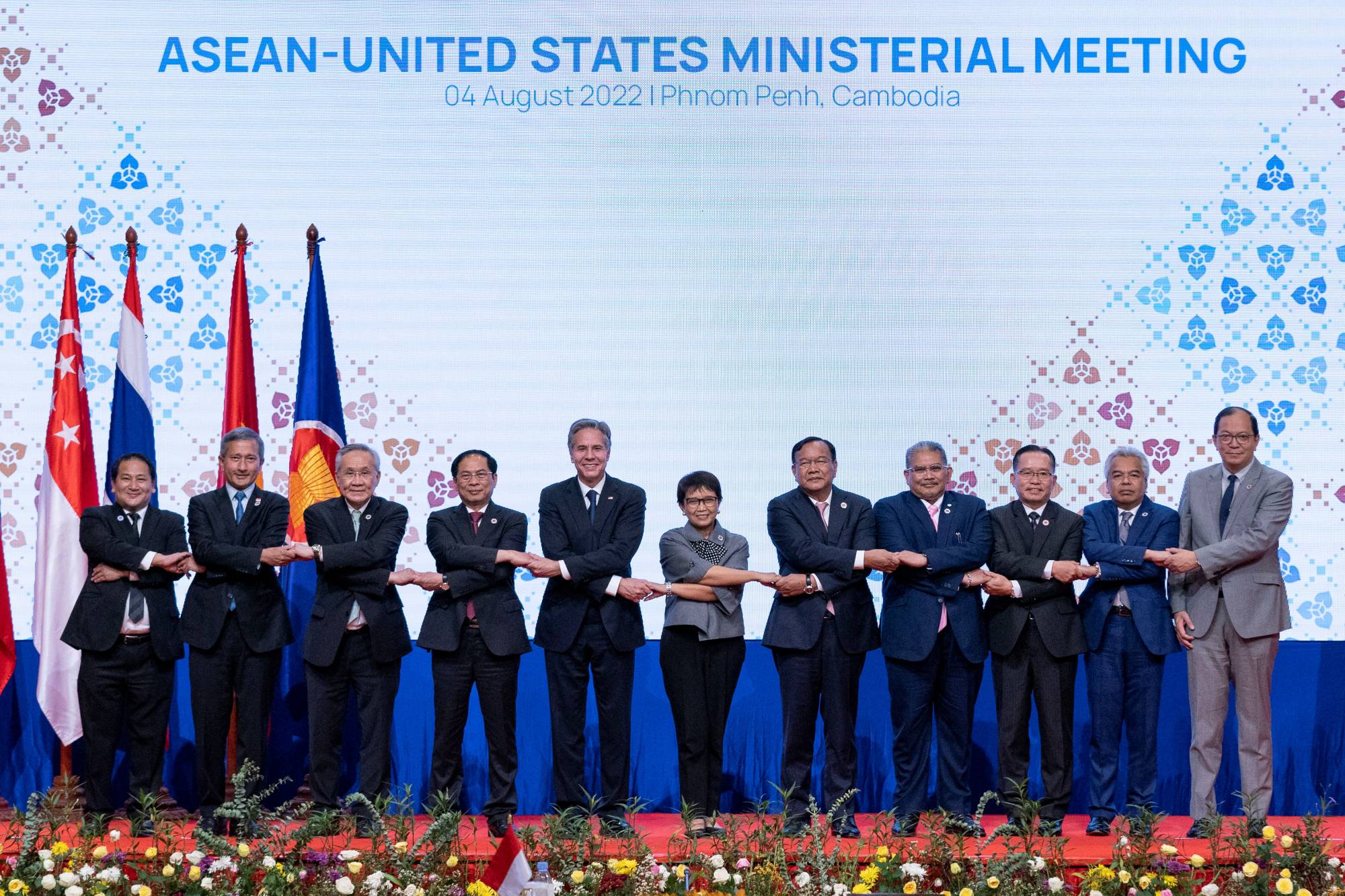As Cambodia, Indonesia and Thailand gear up to host major world summits in November, the 55-year-old Association of Southeast Asian Nations is facing an existential crisis, owing to severe internal splits over Russia’s invasion of Ukraine, Myanmar’s military coup and other issues.
The 2007 ASEAN Charter’s vision of deeper political, economic, security and sociocultural integration is no more. Salvaging what’s left will require accepting this reality and regrouping accordingly.
Notwithstanding past bureaucratic and functional pledges to do more together, ASEAN’s regional integration has always been shallow. Intraregional trade in goods remains low, at 21.3%, and trade in services trade is under 12%, according to data from the ASEAN Secretariat. Moreover, 88% of investment in the region comes from outside sources. Unlike the European Union, with its economic integration through a single market, ASEAN has emphasized cross-border connectivity through hard and soft infrastructure, from roads and railways to tourism and people-to-people contacts.



















With your current subscription plan you can comment on stories. However, before writing your first comment, please create a display name in the Profile section of your subscriber account page.